This article explains how to update systems and device drivers in Windows 11.
If you want your computer to run smoothly, remember to update device drivers when they are available.
Your computer is equipped with various useful devices, including network adapters, monitors, printers, and video card drivers. These software drivers enable your computer to execute different functions and tasks. To ensure that all these devices operate smoothly and efficiently, it’s important to keep their drivers updated to the latest versions.
Fortunately, Windows 11 automatically downloads and installs the latest drivers for many of the devices connected to your computer.
How to update drivers in Windows 11
As mentioned above, system drivers help keep your computer running smoothly. It’s your job to update it whenever necessary.
Windows 11 has a centralized location for the majority of its settings. From system configurations to creating new users and updating Windows, all can be done from the System Settings pane.
To get to System Settings, you can use the Windows key + I shortcut or click on Start ==> Settings, as shown in the image below:

Alternatively, you can use the search box on the taskbar to search for Settings. Then select to open it.
In Windows Settings, click on System and then select About from the right pane of your screen, as shown in the image below.
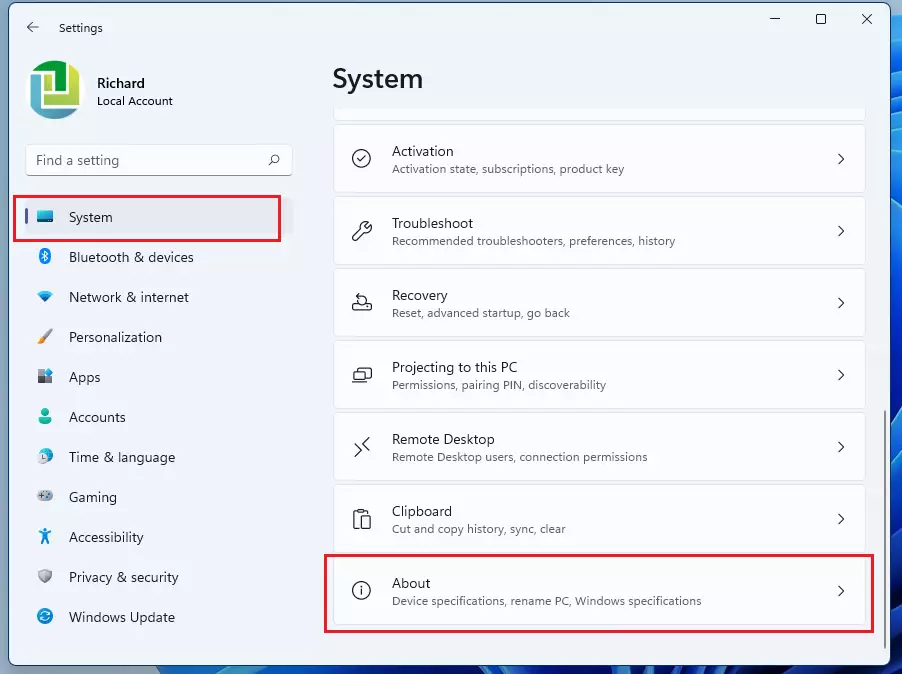
On the About settings pane, under Related settings, click Device Manager, as highlighted below.
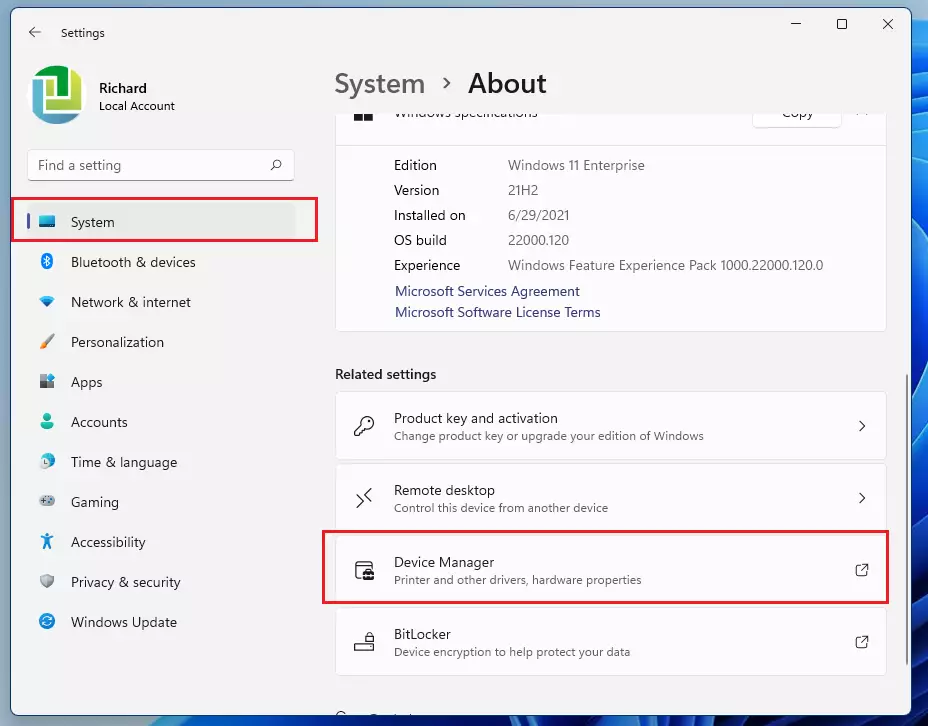
Select a category to see the names of devices, then right-click (or press and hold) the one you’d like to update.
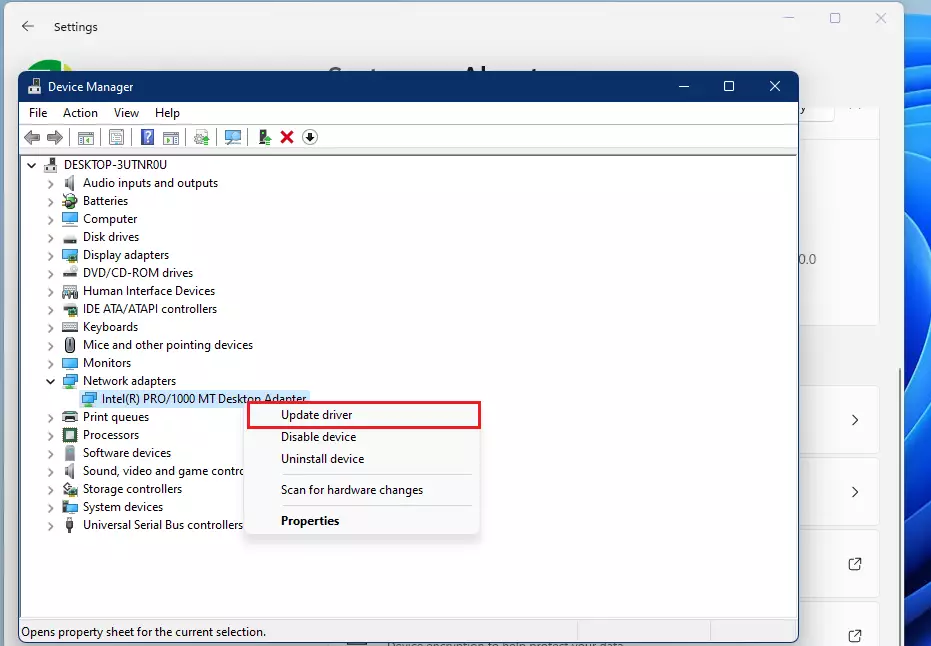
Select Search automatically for updated driver software.
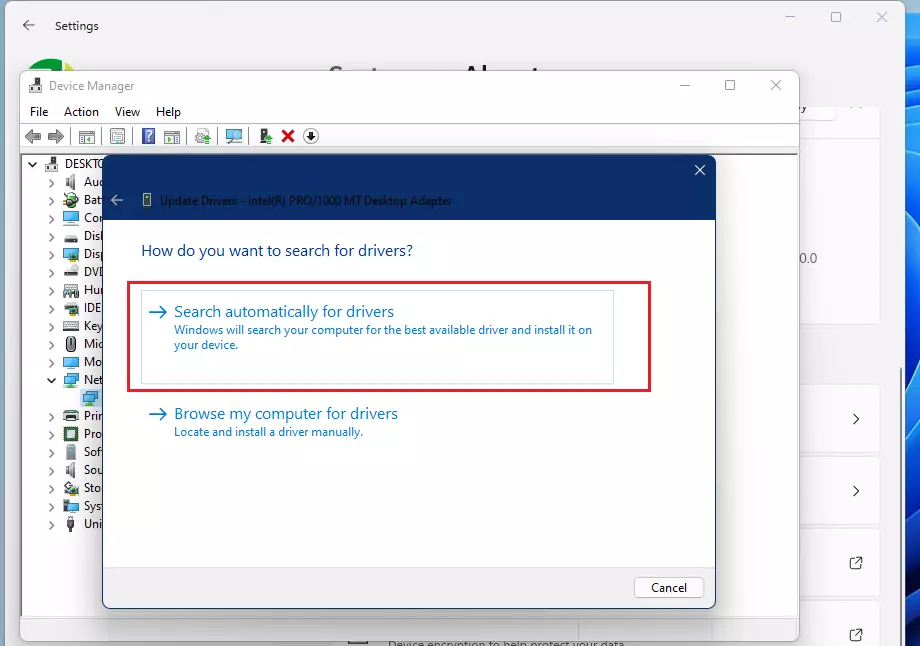
Select Update Driver and update the device.
If Windows doesn’t find a new driver, you can look for one on the device manufacturer’s website and follow their instructions. Download the latest driver from the manufacturer’s website and save it to your computer.
Then go back to Device Manager as described above, right-click the device you wish to update, and select Update driver; then, on the next screen, as highlighted below, choose Browse my computer for drivers.
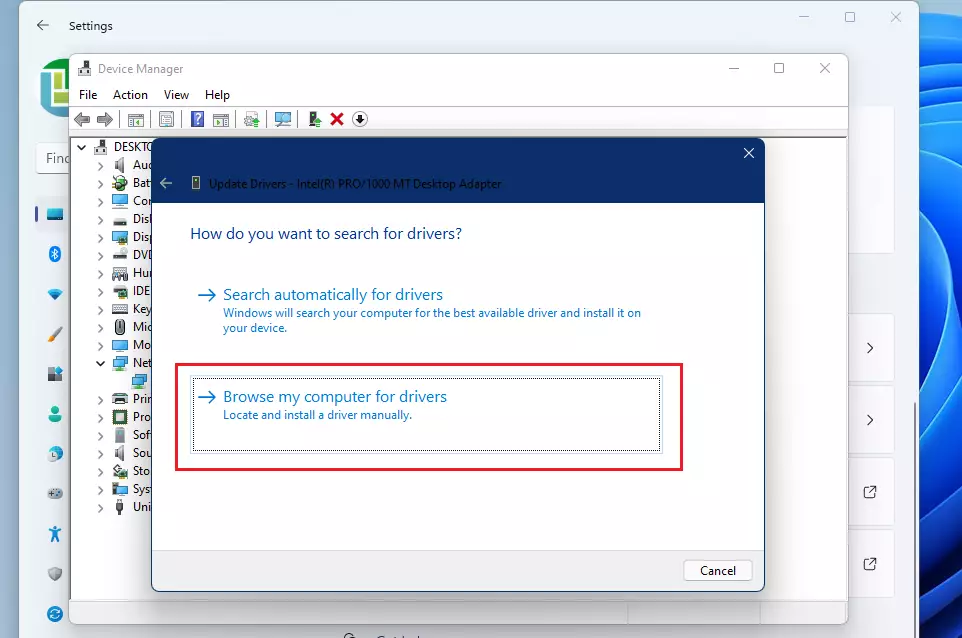
Browse to the location you saved the downloaded driver, and select the folder. Then click OK.
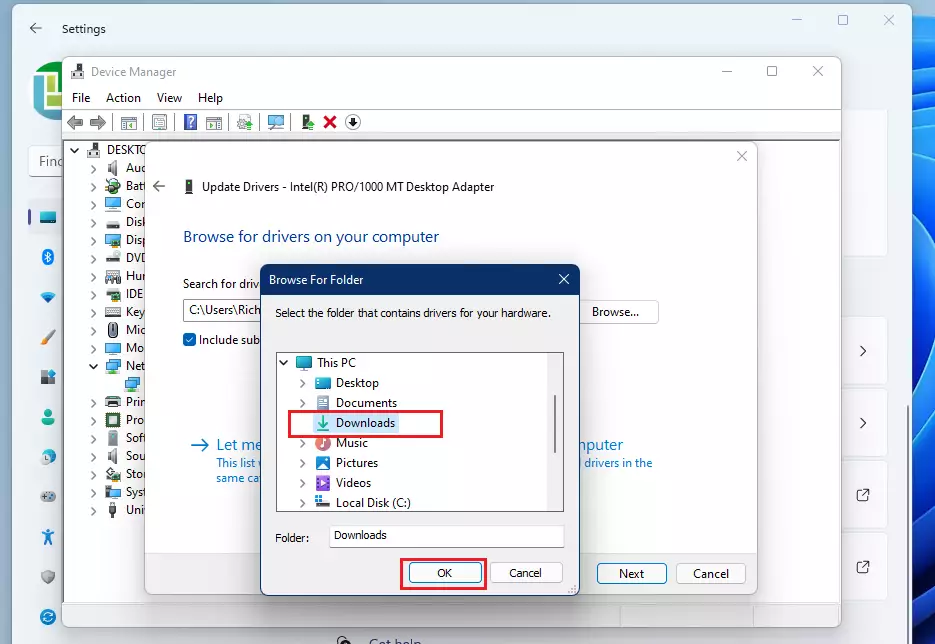
Continue updating the drivers until you’re done. Restart the computer to complete the process.
How to reinstall drivers in Windows 11
Sometimes, reinstalling device drivers can resolve issues. In Device Manager, right-click (or press and hold) the device’s name and select Uninstall device.
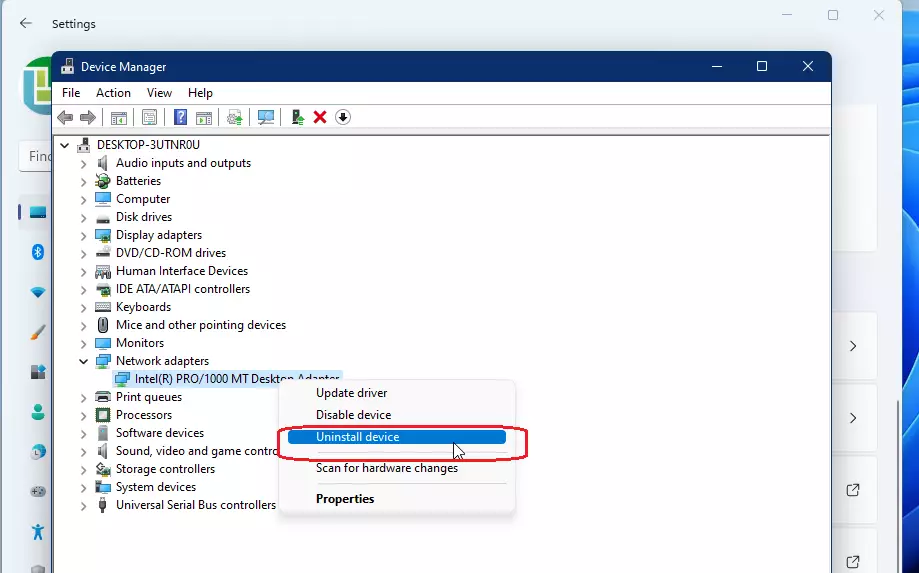
Restart your PC. Windows will attempt to reinstall the driver.
How to install device drivers in Windows 11
Windows updates download optional device drivers and hold them for future installation. If a device is malfunctioning or a new driver is pending installation, go to Start ==> Settings ==> Windows Updates Advanced options.
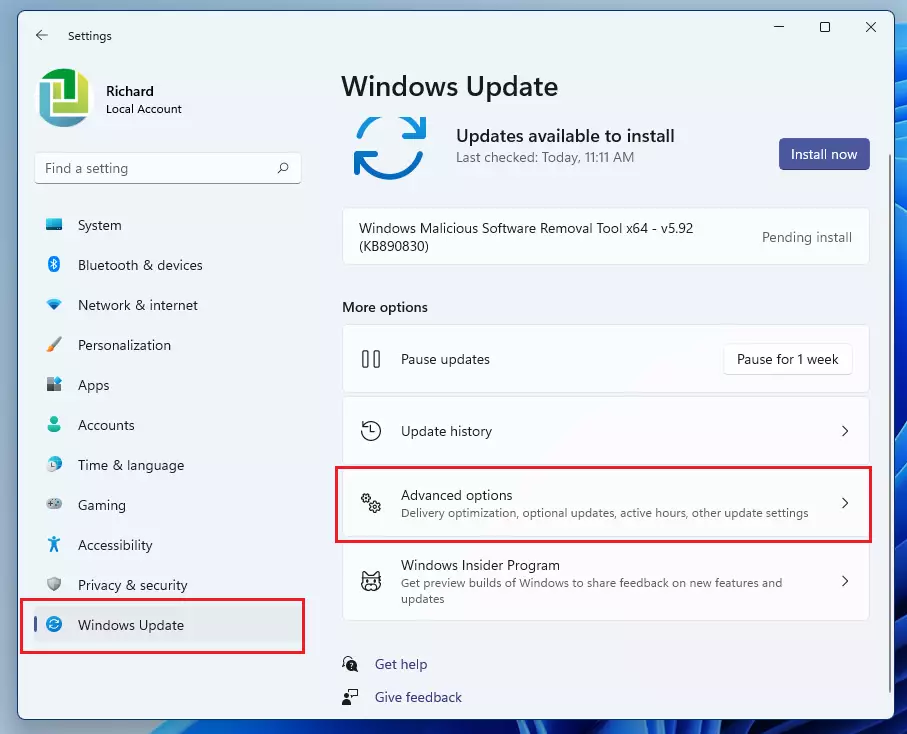
Under additional options, select Optional updates as highlighted below.
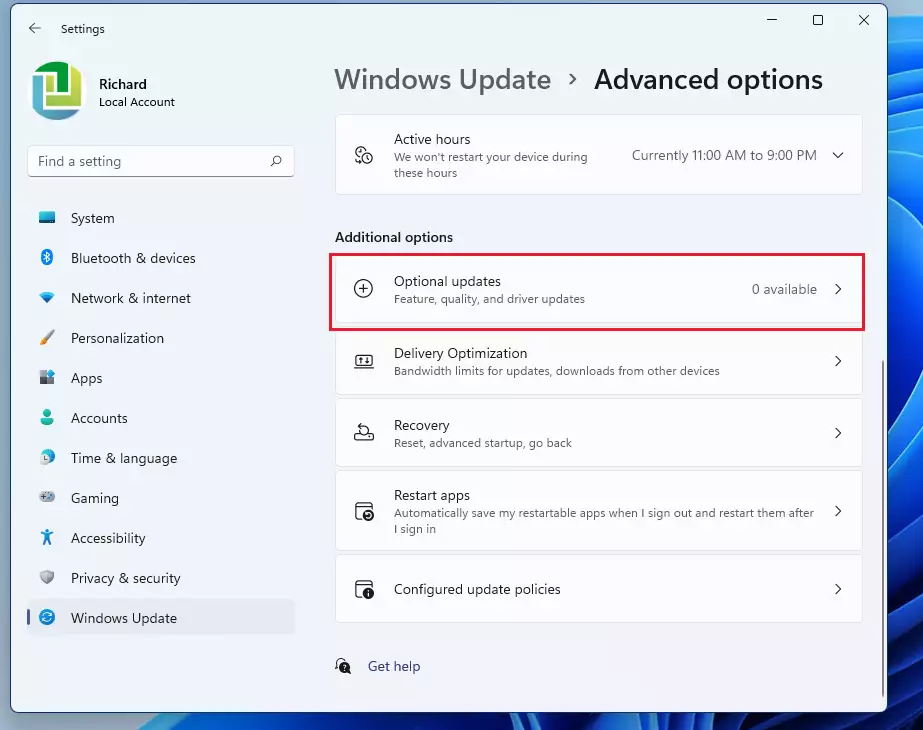
Then, new drivers for devices are listed under optional updates. This will install the new drivers for devices on your computer.
That should do it!
Conclusion:
- Keeping your device drivers updated is essential for optimal performance and smooth operation of your Windows 11 system.
- Windows 11 simplifies the driver update process, making it more accessible through the Device Manager and System Settings.
- Regularly check for updates to ensure all your devices are functioning correctly.
- If automatic updates do not find new drivers, consider visiting the manufacturer’s website for the latest versions.
- Reinstalling drivers can be a viable solution to troubleshoot device-related issues.
- Remember to restart your computer after updating or reinstalling drivers to ensure changes take effect.

Leave a Reply to How to Troubleshoot Internet Issues on Windows 11 - Geek Rewind Cancel reply